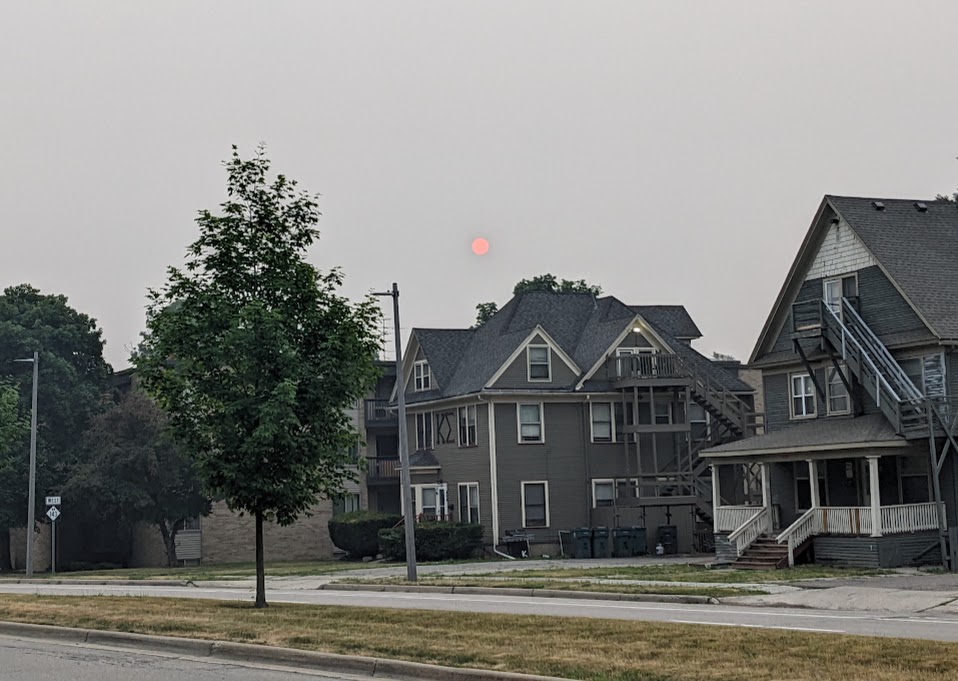News
Coyotes cause chaos in Los Angeles area
|
Imagine waking up to discover your family pet has been killed overnight by a wild animal and the remains have been left in your yard. For Dyann Williams, and many others in Southern California, this wasn’t an imagination, but her reality. About a year ago, a coyote came into her family’s backyard and killed their beloved cat.
Southern California is a region known for its diverse array of wildlife as the state is home to mountain ranges, coastlines and deserts. Surrounded by mountain ranges and the Pacific Ocean, Los Angeles County is home to many species and coyotes are one of the commonly sighted animals in both urban and suburban areas.
Although coyotes have lived in the Southern California region “well before European settlement,” according to the National Library of Medicine, there has been an uptick in sightings and interactions according to the LA County website’s “Managing Coyote Problems” page. In 2022, 15 coyote bites were reported while the previous five years all reported five or less.



